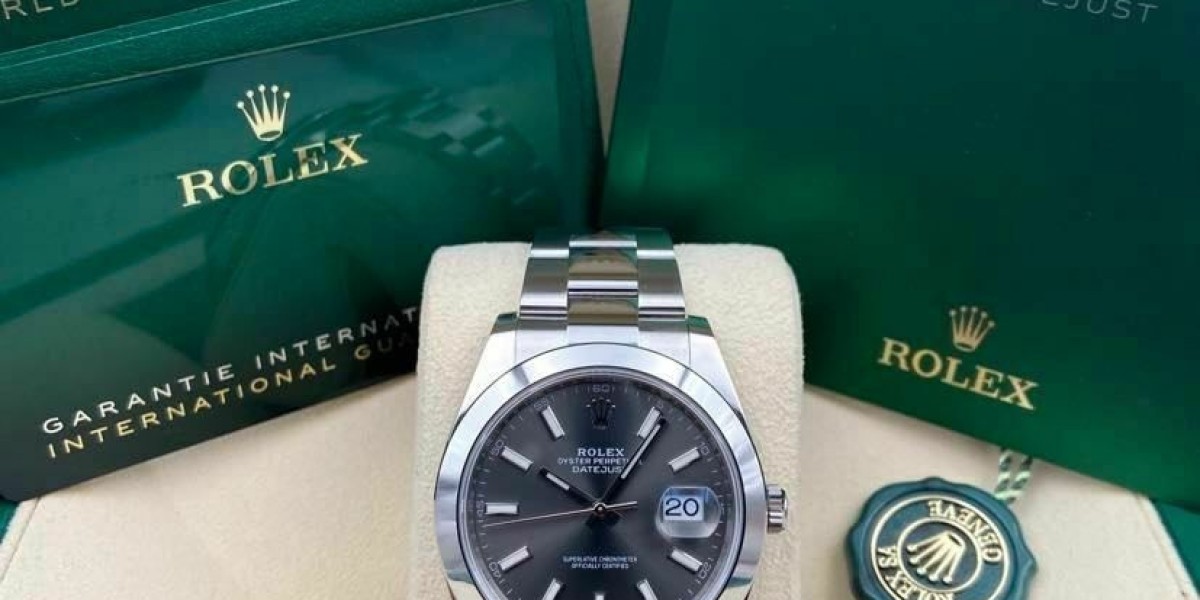Unveiling the Secrets of Metal Guard Rails: What You Need to Know!
Metal guard rails play a crucial role in ensuring safety across various environments. From highways to construction sites, these structures serve as protective barriers that prevent accidents and enhance security. With an array of types and materials, understanding metal guard rails is essential for making informed decisions about their application. This article aims to educate readers on the different types, materials, and uses of metal guard rails, shedding light on their significance in maintaining safety standards.
Understanding Metal Guard Rails
Metal guard rails are safety barriers designed to minimize the risk of accidents by preventing vehicles or individuals from straying into hazardous areas. Their primary function is to absorb impact and redirect vehicles, thereby reducing the severity of collisions. These rails are vital in various environments, including highways, where they protect drivers from steep drops, and pedestrian areas, where they safeguard foot traffic from vehicle encroachment. At construction sites, guard rails are indispensable in protecting workers and ensuring the safety of the public. The significance of metal guard rails cannot be overstated, as they form the first line of defense against potential accidents and injuries.
Types of Metal Guard Rails
When it comes to metal guard rails, several types are available, each with distinct characteristics and applications. Understanding these types can help in selecting the right guard rail for specific needs.
Concrete Barrier Rails
Concrete barrier rails are robust structures typically used on highways and bridges. Their solid construction offers excellent impact resistance, making them ideal for high-speed areas. These barriers can withstand significant force and are often utilized in locations where the risk of severe accidents is high. While they are effective in protecting vehicles, their weight and immobility can limit their use in areas requiring flexibility.
W-Beam Guard Rails
W-beam guard rails are among the most commonly used types of metal guard rails. Featuring a distinctive W-shaped design, these rails are made from steel and are known for their durability and effectiveness in absorbing impact. They are versatile and can be found along highways, residential streets, and even in parking lots. Their design allows for easy installation and maintenance, making them a popular choice for road safety.
Box Beam Guard Rails
Box beam guard rails have a unique, box-like structure that provides a high level of strength and stability. These rails are particularly advantageous in areas where space is limited, as they can withstand heavy impact without occupying a lot of room. Their design also allows for easy integration with other safety systems, making them a practical option for various applications.
Materials Used in Metal Guard Rails
The materials used in constructing metal guard rails significantly affect their performance and longevity. Common materials include steel, aluminum, and galvanized materials, each offering distinct advantages.
Steel
Steel is one of the most popular choices for guard rails due to its exceptional strength and durability. It can withstand harsh weather conditions and heavy impacts, making it suitable for high-traffic areas. Additionally, steel guard rails can be treated or coated to enhance their resistance to corrosion, further extending their lifespan. A friend of mine who works in road safety often emphasizes the importance of steel guard rails in preventing serious accidents on highways.
Aluminum
Aluminum is another widely used material for metal guard rails, prized for its lightweight and corrosion-resistant properties. This makes aluminum guard rails easier to install and maintain, while still offering substantial protection. They are particularly useful in areas where weight is a concern, such as in pedestrian zones or parks. The versatility of aluminum allows for various designs and applications, making it a popular choice for urban environments.
Galvanized Materials
Galvanized materials, often steel coated with zinc, provide enhanced durability and resistance to rust and corrosion. This treatment makes galvanized guard rails ideal for coastal areas or regions with high humidity, where traditional materials might deteriorate quickly. Their longevity ensures that safety measures remain effective over time, and they require less frequent replacement, offering a cost-effective solution for municipalities and construction sites.
Applications of Metal Guard Rails
Metal guard rails are utilized in various settings, serving critical functions to enhance safety and protect individuals. Their applications span across different environments, with each use case tailored to specific needs.
Road Safety
In road safety, guard rails are essential for preventing vehicles from veering off the roadway. They act as a physical barrier that redirects vehicles back onto the road, reducing the likelihood of accidents, particularly in areas with sharp turns or steep drops. The presence of guard rails has been shown to significantly lower the rate of collisions, making them a vital component of highway infrastructure.
Construction Sites
At construction sites, metal guard rails serve to protect workers and pedestrians from potential hazards. They create safe zones that keep individuals away from dangerous equipment and unstable surfaces. My friend, an architect, often shares stories about how installing proper guard rails around construction zones has prevented injuries and saved lives, emphasizing their importance in site safety protocols.
Public Areas
In public areas, guard rails are crucial for maintaining safety in parks, playgrounds, and other recreational spaces. They help define boundaries and prevent accidents, ensuring that children and families can enjoy these spaces without the risk of wandering into dangerous areas. The presence of guard rails in these settings promotes a sense of security and encourages community engagement in outdoor activities.
Essential Insights on Metal Guard Rails
In summary, understanding the types, materials, and applications of metal guard rails is essential for ensuring safety in various environments. From highways to construction sites and public areas, these protective barriers play a critical role in accident prevention and injury reduction. By considering the various factors discussed in this article, readers can make informed decisions when assessing guard rail options for their specific needs, reinforcing the importance of safety in our everyday lives.








